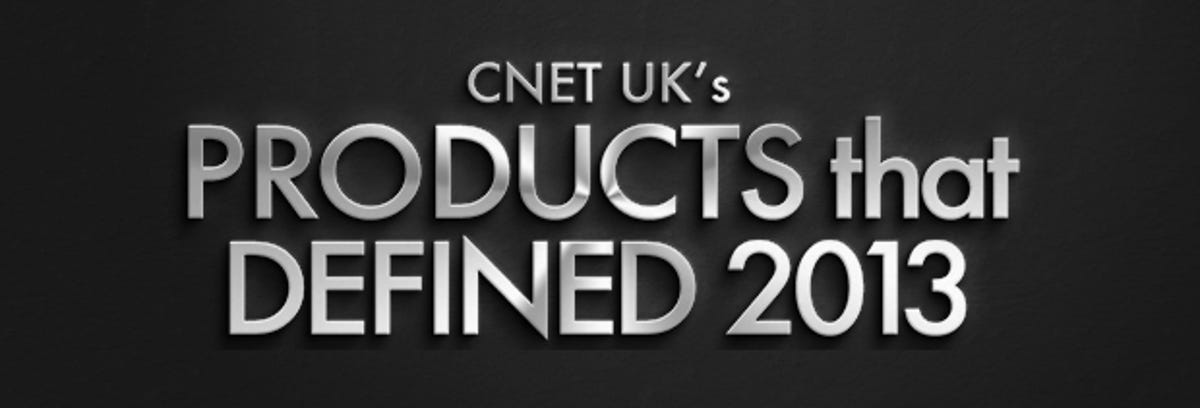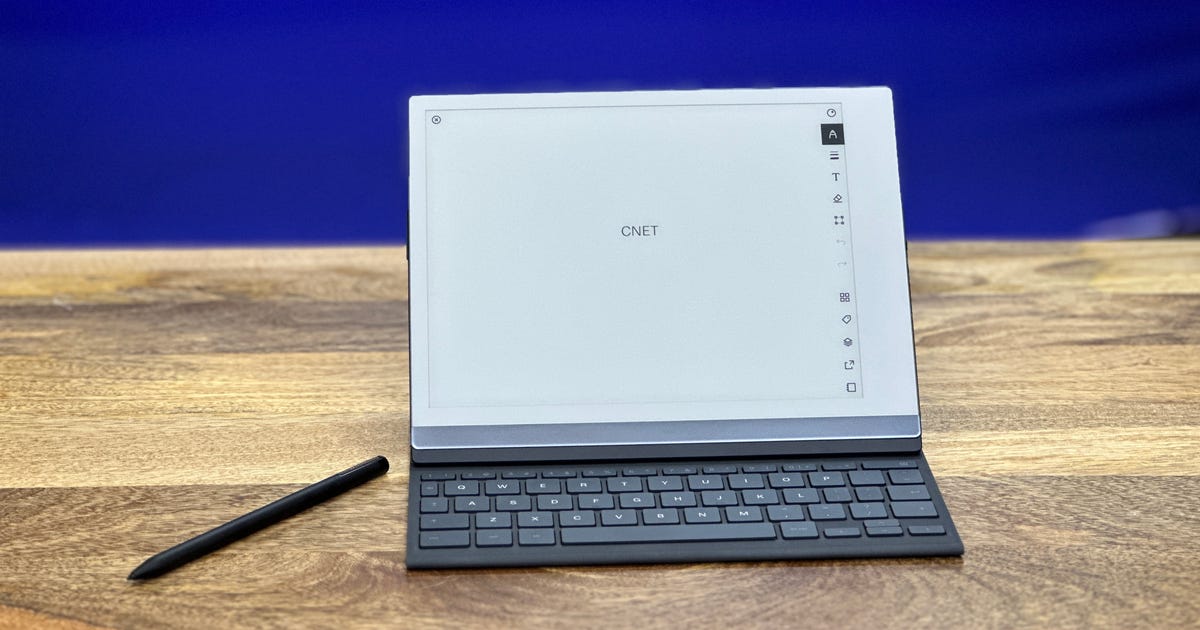
Bigger isn’t always better. It took Apple a
couple of years to come around to the idea of an iPad mini, and two iterations to get it right,
but 2013’s retina-equipped model is leading the field at the high end,
with Google’s Nexus 7 dominating the cheaper end of the
market.
Choosing between them comes down to just one thing — how much you want to spend.
The iPad mini with retina display isn’t cheap. It tips the scales just shy of £320, but justifies every single penny.


Now playing:
Watch this:
Apple iPad Mini retina hands-on
1:24
The screen has the same number of pixels as the flagship iPad Air,
but squeezes them down into a 7.9-inch panel. The result fulfils the
criteria of that retina moniker, in that you really can’t tell the
pixels apart at regular reading distances.
The difference this makes to the level of detail, the smoothness of
the characters and the purity of the on-screen image is obvious the
moment you stand it beside its predecessor. It’s just a shame then that the colours are muted when compared with those of the iPad Air.
It comes with iOS 7 pre-installed, and buying a new iPad earns you free downloads of Apple’s productivity and
lifestyle suites, iWork (Pages, Numbers and Keynote) and iLife
(GarageBand, iMovie and iPhoto). This makes the price much easier to
swallow, and the iPad mini even more tempting than it already was.
CNET UK editor Jason Jenkins neatly summed up the buying dilemma in his review of the retina iPad mini: “If you’re planning to use a tablet mostly to watch video, browse the
Web and read books while on the go, [the retina iPad mini] is the model you should buy… If it’s for a child, spend less and get a
Nexus 7… in case they vomit all over it.”
A month later, Google updated its rival Nexus 7, which then became “the tablet to beat” for less than £200.


Now playing:
Watch this:
Google Nexus 7
1:47
Why? The base model is over
a third cheaper than the entry-level retina iPad mini, and
the resolution — 1,920×1,200 pixels — guarantees an excellent image. We
were bowled over by its rendering of books, games, movies, TV shows —
in fact, just about anything you could throw at it.
It does have a slightly smaller display, granted, at 7 inches rather than
the almost 8-inch panel on the iPad mini, but it’s unlikely you’ll find
it lacking. That’s still plenty of room for a useable keyboard in either
orientation, it’s good for HD video, and perfect for browsing the Web.
It runs the latest version of Android — 4.4 KitKat
— but it’s missing some killer
apps in its default state, and even once you get to the Play Store, you won’t find
any free downloads to fully rival iWork or iLife.
Between them, though, Apple and Google pretty much owned the tablet market this year. Breakthrough products like the Tesco Hudl
aside — which came out of nowhere to provide a fast, near-native Android
experience for less than £120 — the new iPad mini and next-gen Nexus
7 were the benchmarks against which other tablets were judged.
They should also inspire every sub-9-inch tablet of the next six months.
For more on the best gadgets of the year, read these:




